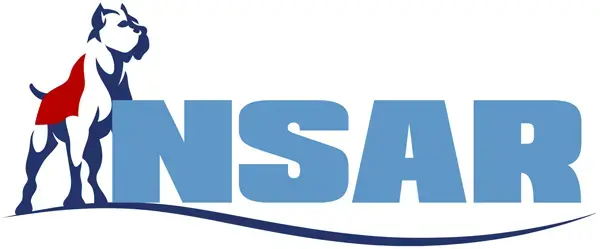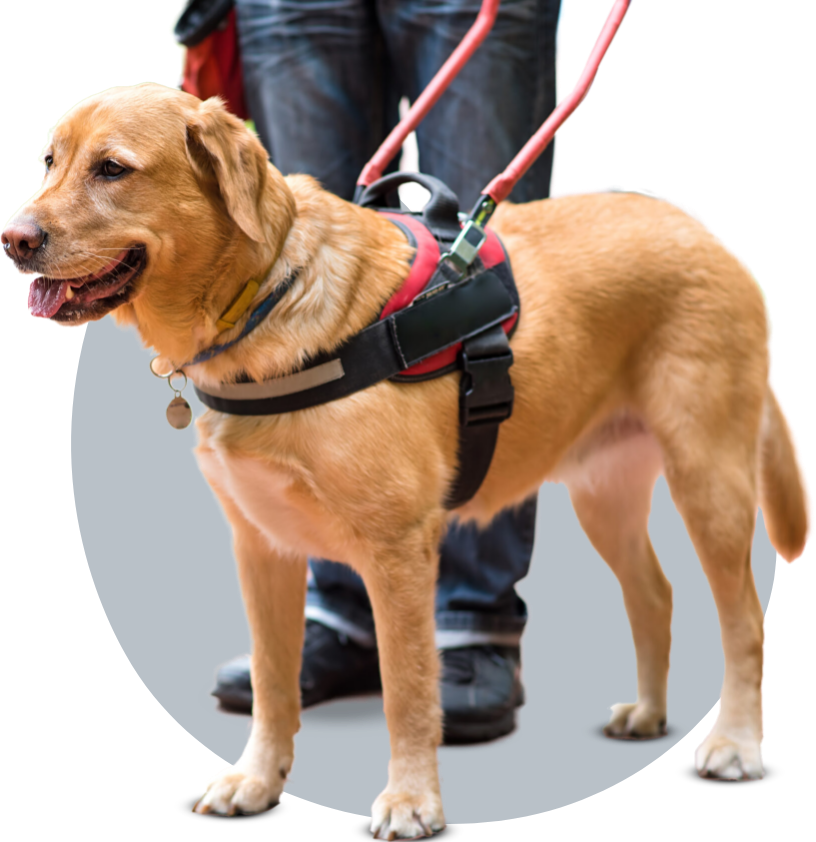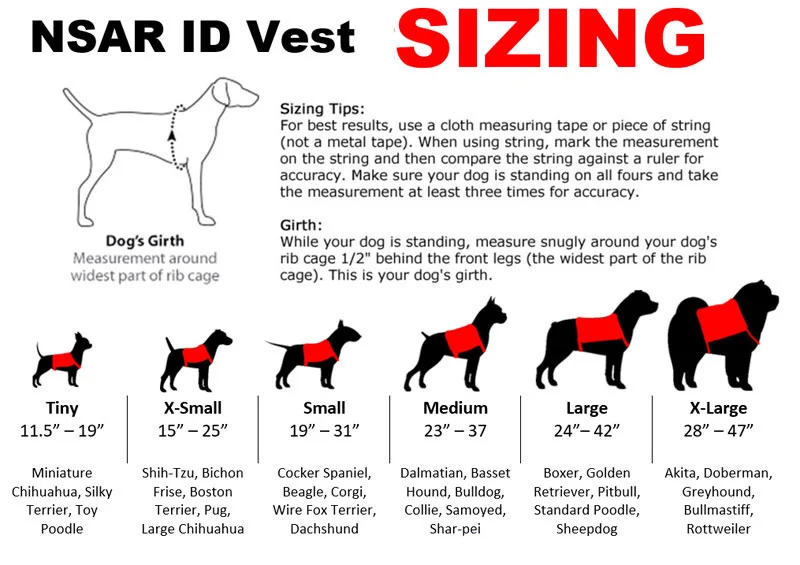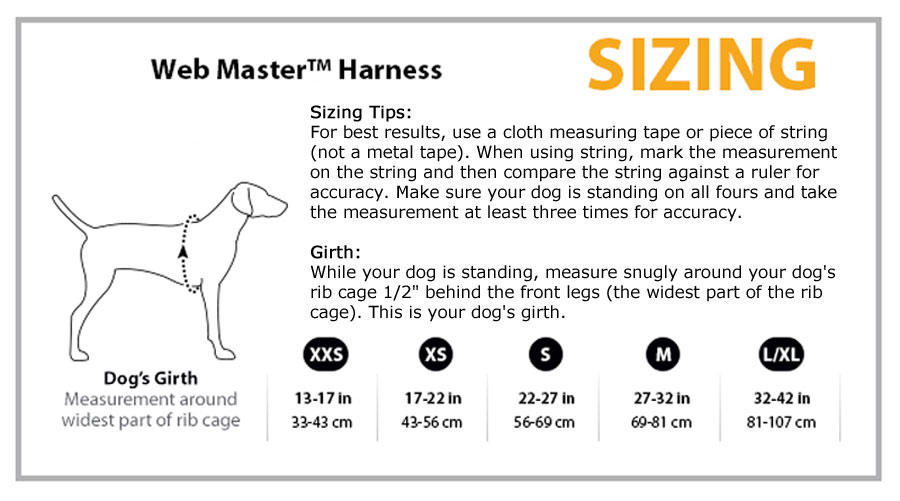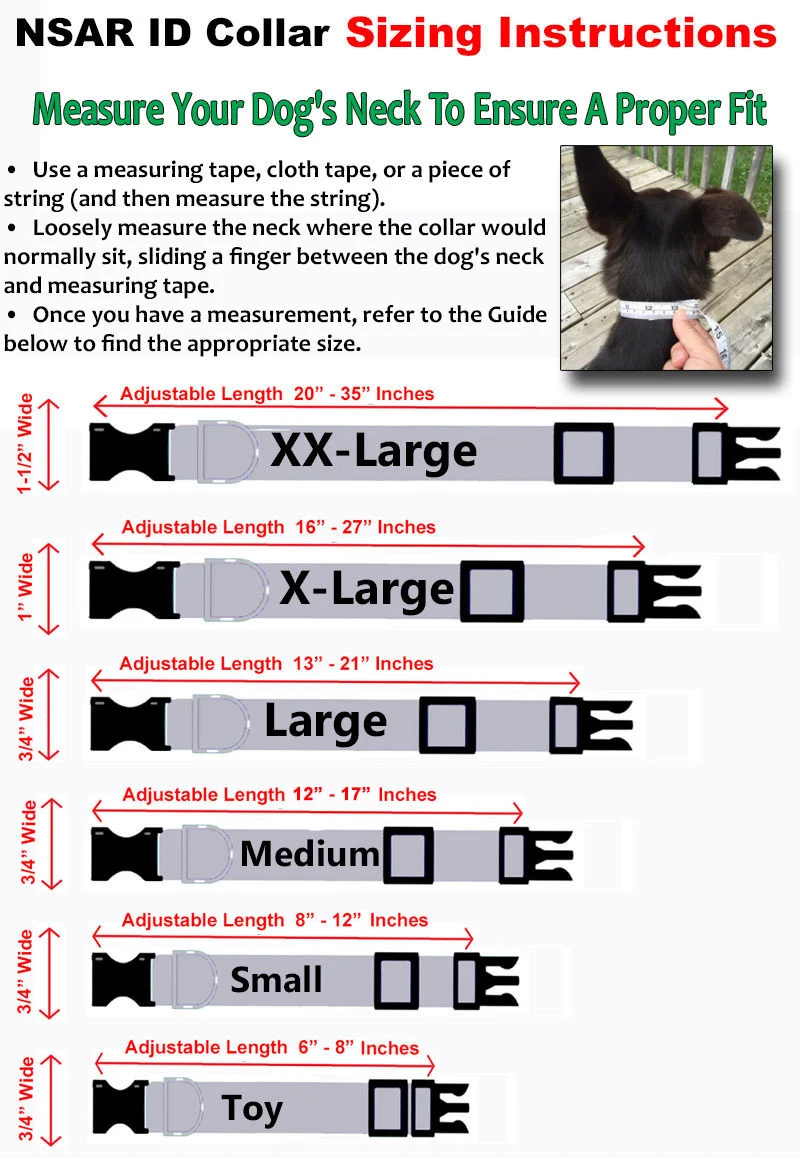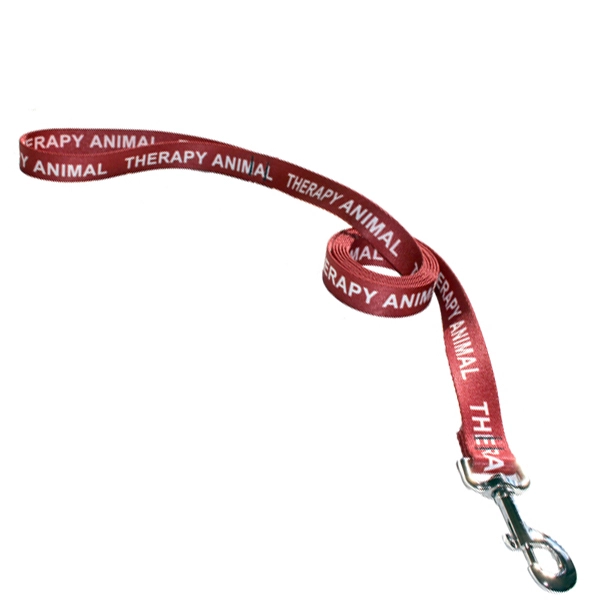A Comprehensive Look at Service Dog Training Requirements

Imagine having a dog that not only provides companionship but also assists with crucial daily tasks, offering independence and safety. Service dogs play a vital role in the lives of individuals with disabilities, but what does it take to train one?
In this comprehensive guide, we will explore the essential requirements for service dog training, including legal standards, training methodologies, and frequently asked questions. Whether you’re considering a service dog for yourself or a loved one, or you’re a professional in the field, this guide will equip you with the knowledge you need.
What Is a Service Dog?
A service dog is a specially trained canine that performs specific tasks for an individual with a disability. Unlike emotional support animals (ESAs) or therapy dogs, service dogs undergo extensive training to meet legal and functional standards.
Key Characteristics of a Service Dog:
- Trained to perform tasks directly related to a person’s disability.
- Granted public access rights under the Americans with Disabilities Act (ADA).
- Required to maintain proper behavior in public spaces.
Legal Requirements for Service Dog Training
Understanding the legal landscape is crucial for anyone considering a service dog. Here are the primary legal requirements in the U.S.:
Americans with Disabilities Act (ADA):
- The ADA defines service dogs as dogs trained to perform specific tasks for individuals with disabilities.
- Businesses and public spaces must allow service dogs access.
A business may only ask two questions:
1. Is the dog a service animal required because of a disability?
2. What work or task has the dog been trained to perform?
- Certification and/or Identification can often assist with mitigating the confrontations and/or questions by managers and/or employees about the legitimacy of your service dog
Fair Housing Act (FHA):
- Protects individuals with service dogs from housing discrimination.
- Landlords cannot charge pet fees for service animals.
- Landlords may not enforce a “no pet” policy against service dogs.
- If the disability is not readily apparent, meaning it cannot be seen simply by looking at you, a landlord may require a letter from your licensed mental health professional and/or doctor before accommodating your service dog.
Air Carrier Access Act (ACAA):
- Allows service dogs to fly in the cabin of aircraft.
- Airlines may require advance notice and documentation. DOT Service Dog Form for all US Airlines.
Basic and Advanced Service Dog Training
1. Foundational Training (Basic Obedience)
Before a dog can become a service animal, it should master basic obedience skills, including:
- Sit, stay, and come when called.
- Loose leash walking.
- Socialization with people and other animals.
- Maintaining focus in distracting environments.
2. Task-Specific Training
The tasks a service dog learns depend on the handler’s disability. Examples include:
- Guide Dogs: Assisting individuals with visual impairments.
- Hearing Dogs: Alerting individuals to important sounds.
- Mobility Assistance Dogs: Providing balance support, getting up from a fall or sitting position.
- Medical Assist Dogs: Retrieving objects, alerting individuals or medical personal about their handler.
- Seizure Alert Dogs: Detecting blood sugar changes, seizures, or allergens.
- Psychiatric Service Dogs: Preventing self-harm or destructive behaviors. Creating social barriers in crowds or clearing a room.
3. Public Access Training
A well-trained service dog should behave appropriately in public spaces. This includes:
- Remaining calm in crowded areas.
- Ignoring distractions such as food or other animals.
- Following handler commands (verbal or hand signals) reliably.

How Long Does Service Dog Training Take?
The duration of training varies based on the dog’s breed, temperament, and tasks. General timelines include:
- Basic Obedience: 3-6 months.
- Task-Specific Training: 6 months to 2 years.
- Public Access Training: 6 months or more.
Overall, professional training programs can take 18-24 months to fully prepare a service dog, but this is simply a general time frame.
Tips for Training a Service Dog
If you are training your own service dog, consider these key tips:
- Start early: Puppies can begin socialization and basic training at 8 weeks old.
- Use positive reinforcement: Reward-based training leads to better results.
- Expose them to various environments: Introduce new places gradually to build confidence.
- Seek professional guidance: Certified trainers can help with specialized tasks.
- Seek multiple resources for self-training: Books and/or Youtube videos
Frequently Asked Questions (FAQs)
1. Can any dog be a service dog?
While any breed can potentially be a service dog, breeds with high intelligence, trainability, and a calm temperament are recommended for faster and easier training.
2. Do service dogs need to wear a vest?
No, the ADA does not require service dogs to wear a vest, but it can help signal to the public that they are working dogs.
3. Can a service dog be trained at home?
Yes, individuals can train their own service dogs, but the dog must meet all behavioral and task-related standards to be considered a legitimate service animal.
4. Are service dogs allowed in all public places?
Yes, service dogs are legally allowed in most public areas, including restaurants, stores, and transportation, as per the ADA.
5. Can service dogs be denied access?
A business can only deny a service dog if it is out of control or poses a direct threat to others.
Final Thoughts
Service dog training is a rigorous but rewarding process that transforms a dog into a vital companion for individuals with disabilities. Understanding legal requirements, training methods, and best practices ensures that both the handler and the dog benefit from a well-structured training program.
Share this article to spread awareness about service dog training and its life-changing impact!
